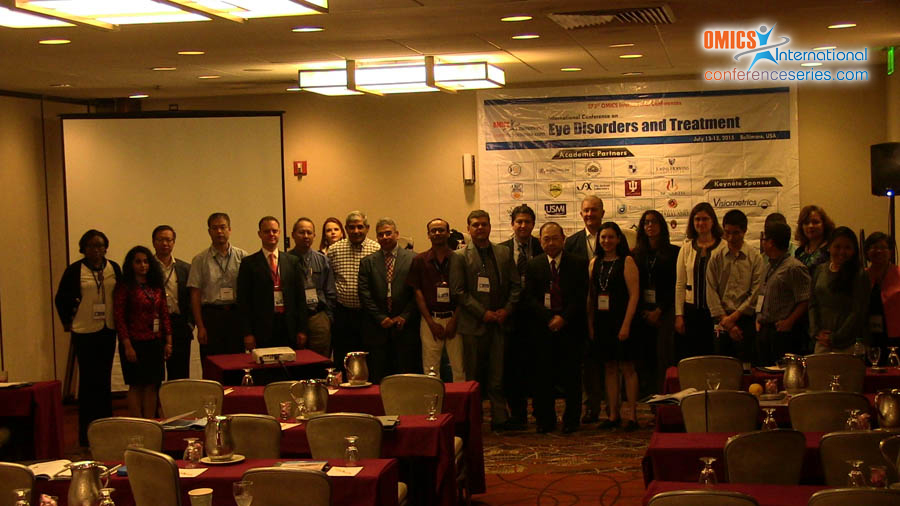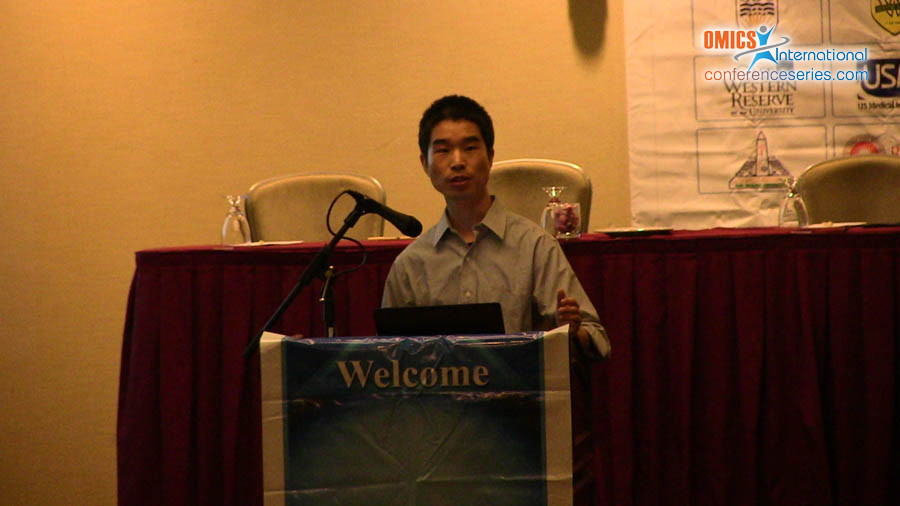Qingguo Xu,
Johns Hopkins University, USA
Title: Nanomedicine for prevention of corneal allograft rejection
Biography
Biography: Qingguo Xu,
Abstract
Purpose: To evaluate the effect of biodegradable nanoparticles that provided sustained release of corticosteroid to prevent corneal allograft rejection following subconjunctival injection to rats. Methods: Biodegradable nanoparticles encapsulated with water-soluble dexamethasone sodium phosphate (DSP) were prepared by solvent diffusion method. Nanoparticles were characterized in terms of particle size, surface charge, and morphology. The drug loading efficiency and the in-vitro drug release were measured using HPLC method [1]. Histological examination was used to study the safety of nanoparticles after subconjunctival injection. DSP levels in various ocular tissues after subconjunctival administration to rats were quantified through the scintillation counting using [3H]-labelled DSP. The corneal transplantation was carried out by implanting the central corneal button of a Fisher rat to the corneal bed of a Lewis rat. After corneal transplantation, animals were treated with [2]: 1) saline, 2) placebo nanoparticles, 3) free DSP (2 mg DSP/mL) and 4) DSP-loaded nanoparticles (2 mg DSP/mL). Results: The biodegradable nanoparticles exhibited size of 200 nm, surface charge of -8 mV, and drug loading of 8% by weight. Nanoparticles provided a sustained in vitro drug release over 15 days. Histology showed that nanoparticles had no ocular toxicity after SC injection to rats. A constantly high ocular drug levels for at least 7 days after subconjunctival administration were observed, as comparison, the ocular drug levels rapidly dropped to undetectable levels after subconjunctival administration of free DSP. DSPloaded nanoparticles through weekly subconjunctival injection prevented corneal allograft rejection in rats over the entire 9-week study showing transparent cornea without neovascularization and edema. In comparison, corneal rejection in control treatment groups of either placebo nanoparticles, saline or free DSP occurred within less than 4 weeks accompanied by severe corneal edema, neovascularization and opacity. The corneas with the treatment of DSP-loaded nanoparticles had intact epithelial, stromal and endothelial layers, and no thickening or anterior chamber inflammation. In comparison, in the control treatment groups, corneas were all thickened, and the corneal grafts lost their structural integrity with extensive inflammatory cell and blood vessel infiltration throughout the cornea. We also did not observe increased intraocular pressure throughout the entire 9-week study for the weekly subconjunctival administration of DSP-loaded nanoparticles in rats. Conclusion: Corticosteroid-loaded nanoparticles effectively prevented the corneal allograft rejection in a rat model. The sustained drug release provided by nanoparticles may enhance patient compliance and improve efficacy for prevention of corneal graft rejection.



